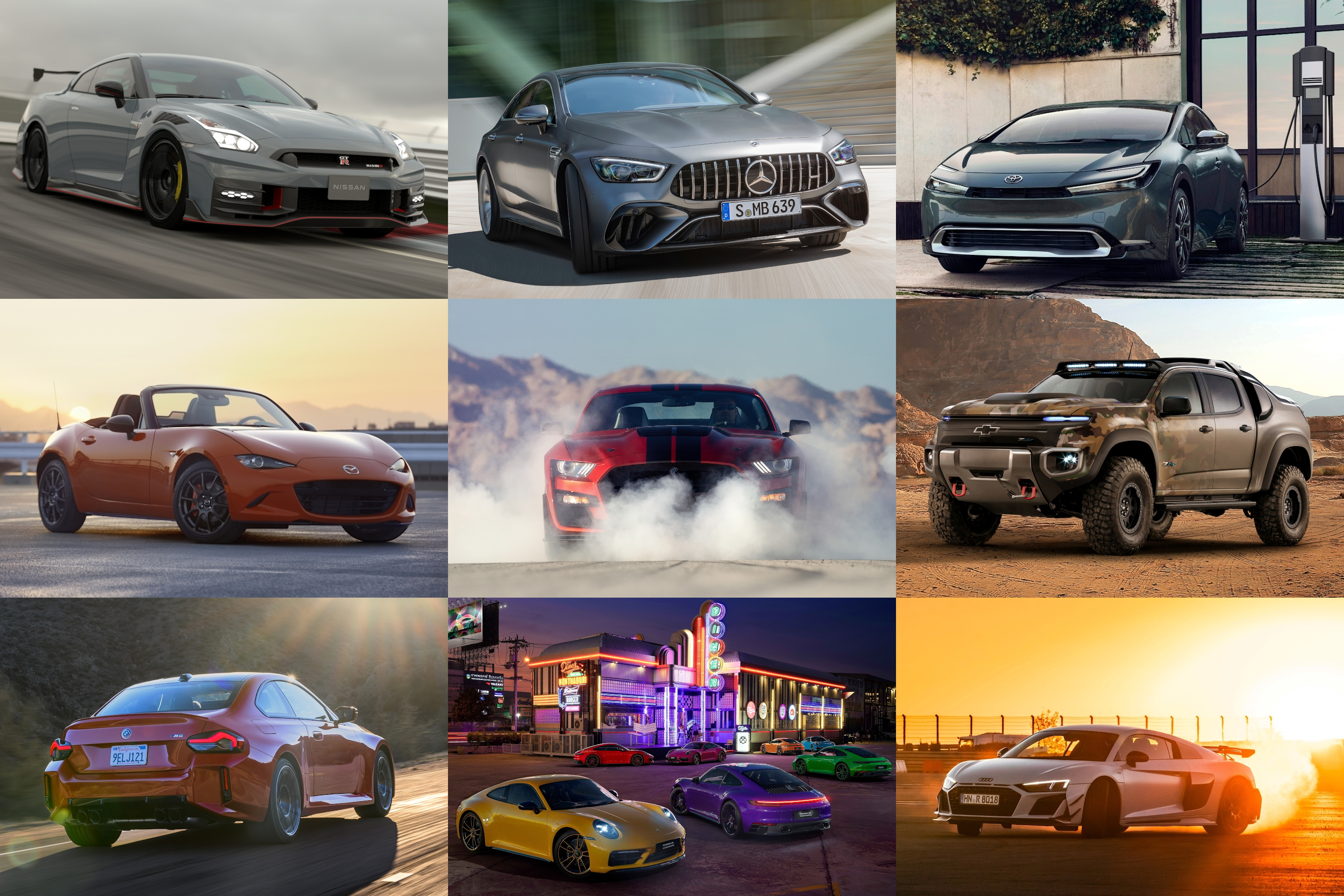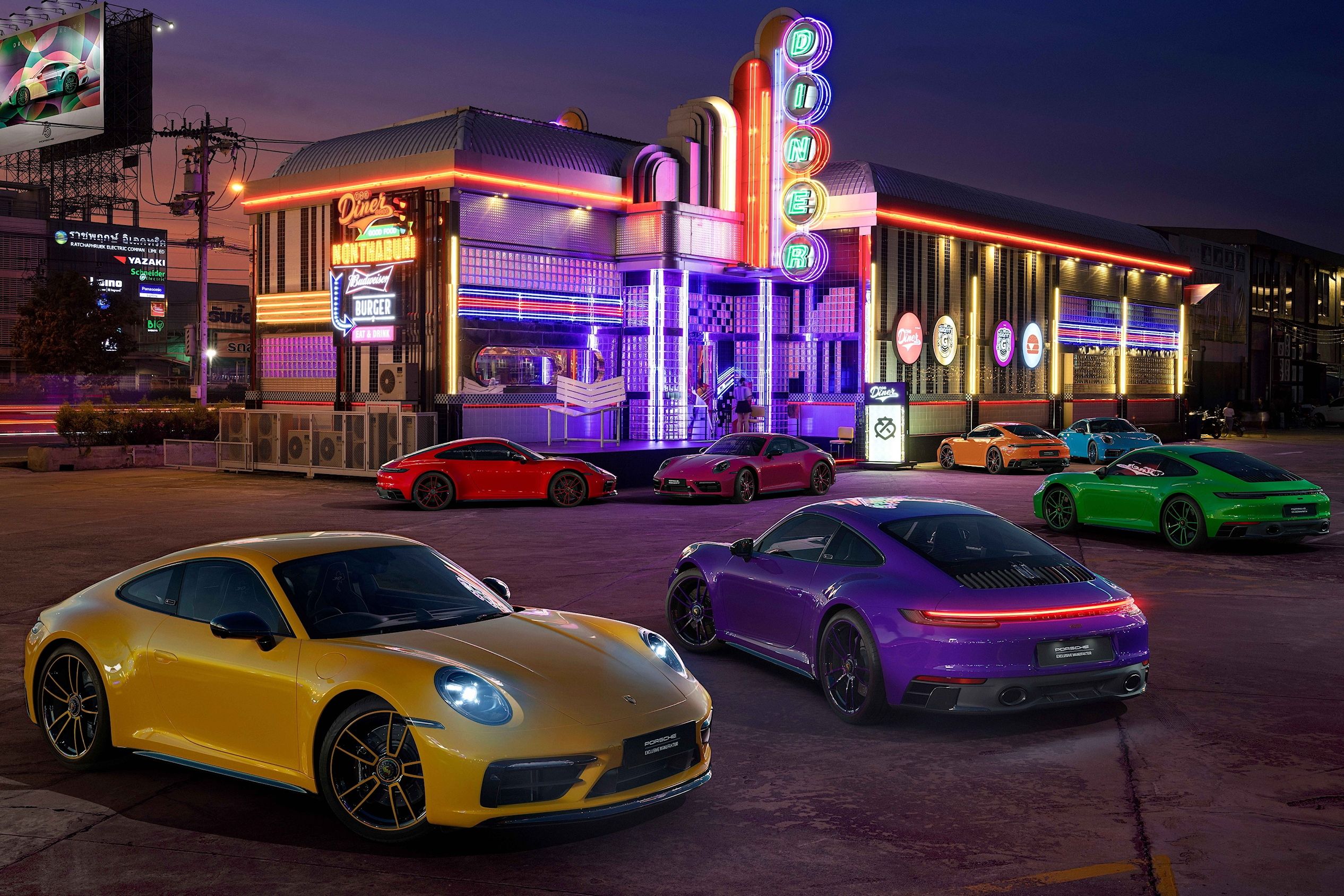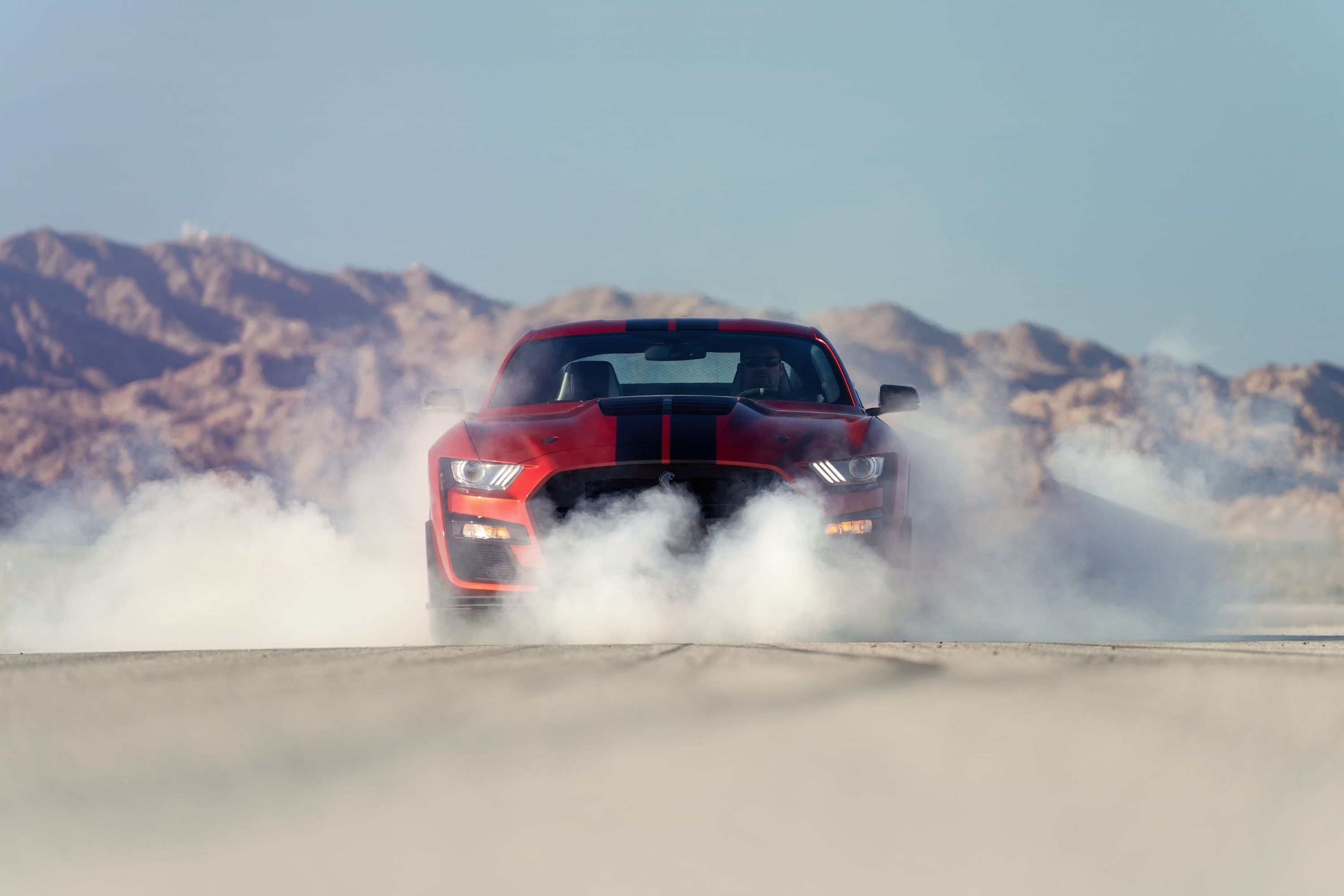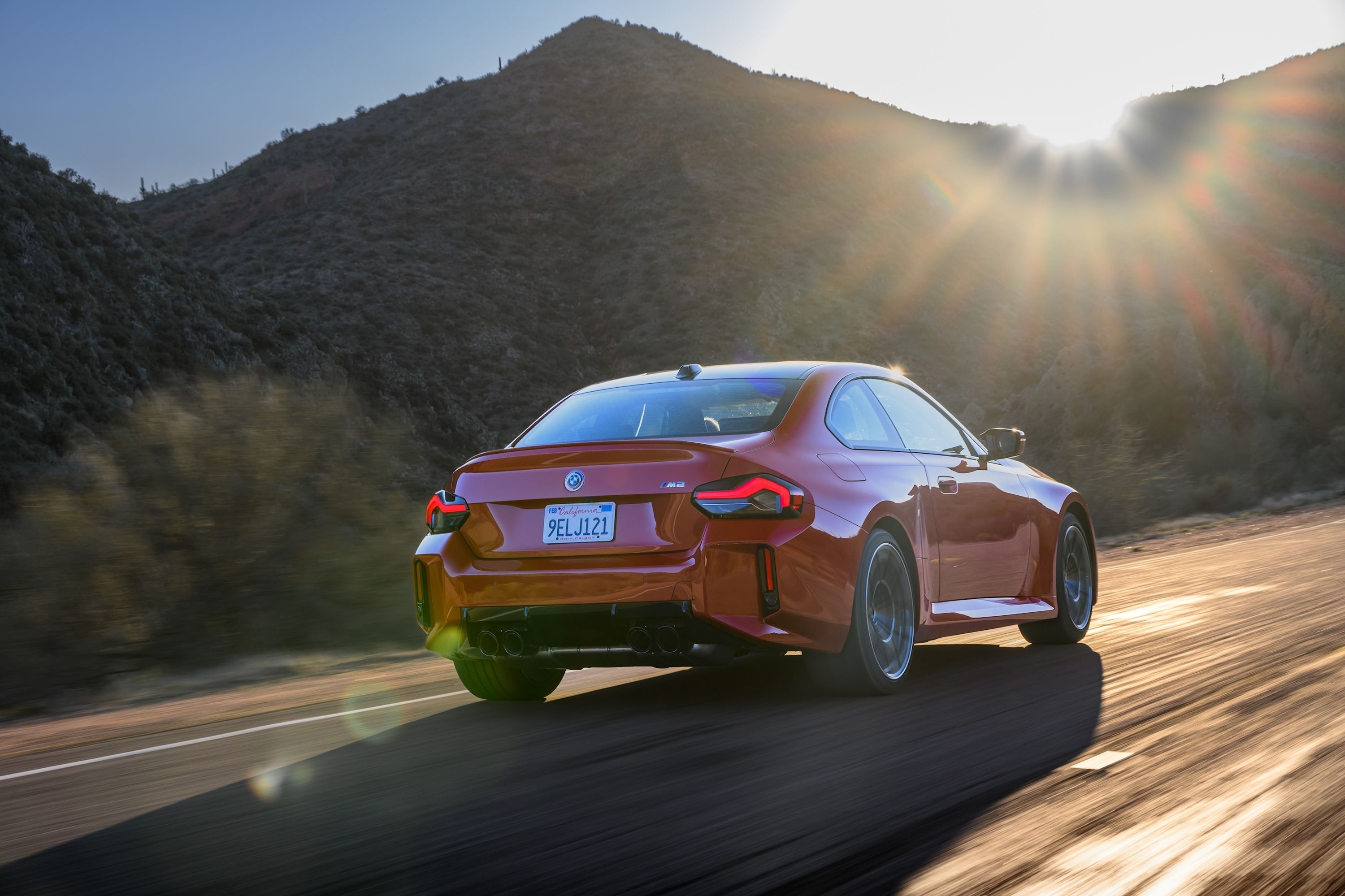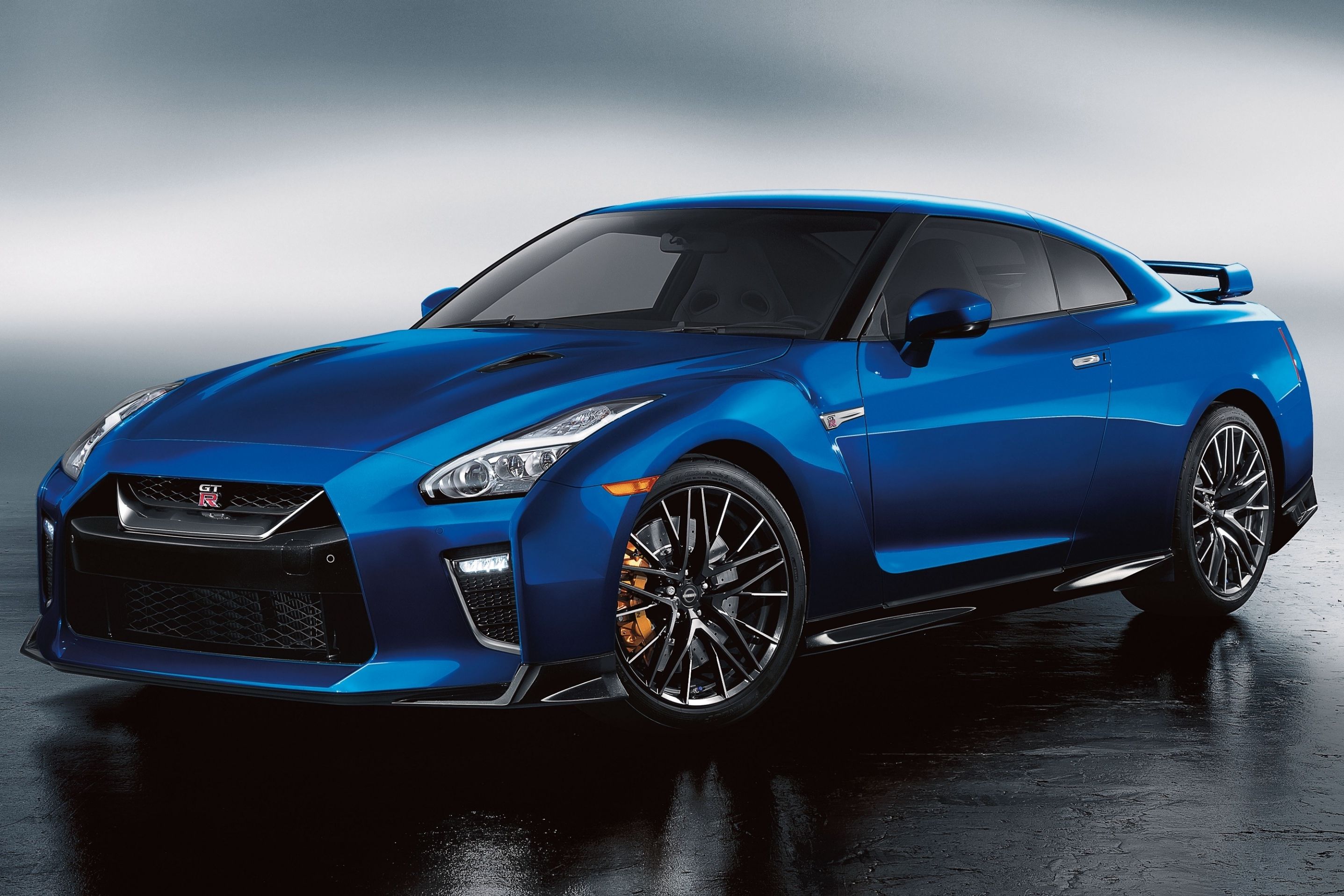
We've all heard them, we all laugh at them, and we all look at Toyota Prius drivers and feel the need to drop down a gear so they can hear us hurting the environment; car stereotypes span long and wide and often make for a good laugh. The question is, how real are some of these stereotypes, and which of them are just old cliches that caught on over time with no real background? We took a small tour around the CarBuzz office to discover which car stereotypes were most prominent, settling on 10 of them to discuss. Are they true, or were they once true and now no more? Whatever the case, they're all worth having a good laugh over.
1. The Nissan GT-R Is A PlayStation Car For People Who Can't Drive
What defines a supercar? Is it the ability to sprint from 0 to 60 in less than 3.5 seconds, the ability to lap the Nurburgring in under seven minutes, or flashiness that leaves people drooling as you rev your car in a quiet neighborhood (it doesn't work, I've tried)? Maybe, a supercar needs to be an unruly handful to drive, requiring the skill of a professional racer to get to grips with?
The Nissan GT-R makes for a great "beginner's supercar," thanks to predictable handling and great value for money. In 2017, Nissan built a real-life GT-R controlled by a PlayStation remote, leading people to believe the GT-R is so easy to drive that it's not for true drivers. This stereotype wasn't helped by the fact that the GT-R debuted with a technologically advanced AWD system and DCT in an era when manual gearboxes were still prevalent.
This cliche is, of course, untrue. The GT-R might have made it easy for amateurs to go fast, but in the hands of a skilled driver, it was even quicker. And just because it made speed easy doesn't mean it wouldn't bite you if you drove badly.
2. Drivers Of Big Trucks Have Small Wieners
A stereotype we hear all too often, gentlemen who own loud, large, raised trucks seemingly lack "talent" down by the nether regions. How can the size of a man's wiener possibly have an impact on the vehicle he drives? Well, apparently, a man who feels the need to drive an excessively large and obnoxiously loud truck does so in order to compensate for his lack of inches.
While the concept of overcompensating may have some psychological foundation, a recent study actually correlated a love of sports cars with small manhood. The study suggested that a man who believes he has a small pecker will gravitate toward a flashy car in order to redeem his manhood and possibly attract a mate, but also suggested the same may be true of large trucks. So, although not directly correlated to the size of a man's wiener, it actually can be an indication.
3. Porsche Is The Poor Man's Ferrari
When someone mentions the word "supercar," chances are a bright red Ferrari will pop straight into your head. What you won't often picture, however, is the sports car from Stuttgart. Why would you call a Porsche a poor man's Ferrari? Well, Porsche is a sports car brand - not a supercar one. Rich people tend to lean more towards the rather expensive offerings from Italy rather than the more reasonable offerings from Germany to show off their success.
The truth is, however, that modern Porsches can often keep up with the likes of other supercars, look at the 992 911 Turbo S, absolutely devouring the strip with a 0-60 time of just 2.5 seconds. And the 911 GT2 RS ranks among the fastest cars to have ever lapped the Nurburgring. Ultimately, Porsche is not the poor man's Ferrari, as the vehicles are catered to two very different audiences.
Porsches may be cheaper, but when it comes to purity of driving thrills, they rank right up there with the most exotic brands, and it makes some of the best track cars for the road. Full-blown supercars are often more emotional, but sometimes at the expense of the driving pleasure, quality, and comfort that Porsche is known for.
4. All Audis Perennially Understeer
If there's one thing Audi is renowned for - it's the quattro all-wheel-drive system. Devised in the era of Group B rally, quattro was the name given to Audi's famous all-wheel-drive system designed to ensure maximum grip thanks to all four wheels being driven. Just like with FWD cars, AWD naturally tends to understeer as the steering wheels try to put the power down simultaneously on corner exit, or at least that's how early systems operated.
This may have been an issue in previous years, but now, Audi uses clever preventative technology to mitigate this, ranging from stability control and torque-vectoring differentials to wider front tires than rear, and even drift modes in cars like the RS3. And in longitudinal-configuration cars, a rear torque bias helps, too. Then you have the Audi R8 GT, which we've experienced first-hand getting very sideways.
We once joked that Audi needed to issue a recall to replace all the understeering racks in its cars, but the truth is that understeer, more often than not, comes from driving a car wrong, not an inherent flaw in the car.
5. Mustang Drivers Don't Know How To Drive / Crowds Are Never Safe When Mustangs Are Around
We often see Mustang drivers on social media losing control when trying to slide their 460-horsepower muscle cars upon exiting parking lots or car functions, resulting in the misnomer that Mustang drivers can't drive properly or that the car handles poorly. The problems here are two-fold:
One is in the average driver's ability; many owners drive beyond their talent level, and with the Mustang being an affordable, rear-wheel drive sports car - and the best-selling in the world for a decade - it's easy for someone talentless to get behind the wheel to try and show off. On this side of the coin, the stereotype somewhat holds up.
But there's another reason, and it lies in the Mustang's slower steering rack, which makes it predictable on track until you try to catch a slide, where it can be tricky. Many journalists have commented on this at various track events, and even experienced drivers have had to modify their 'Stangs extensively to turn them into drift weapons.
The Mustang may have been dubbed "The Crowd Hunter," but we also only ever see videos of such negative encounters, and there are thousands more Mustangs peacefully leaving Cars 'n Coffee without mowing down crowds.
6. All Prius/EV Drivers Are Vegans
Toyota has been "fueling" the eco-conscious and hybrid-electric vehicle trend long before it became the norm in the automotive world, pioneering mainstream hybrids and environmentally-friendly commuting with the Toyota Prius. The Prius didn't target younger buyers who would rather purchase something fun and impractical but rather focus its efforts on early adopters, many of whom were prominent eco-warriors who were willing to pay to save the environment and not shut up about it. Early adopters of EVs were seen in much the same way, often being even more sensitive about environmental affairs.
Nowadays, however, EVs and hybrid vehicles such as the Prius make for a great way to avoid fuel costs and can actually save you a quick buck or two, effectively meaning that the EV is not just for the vegans out there, but actually make sense to any person looking for a commuter car that won't accrue too many costs later on. The new Prius even looks good (yeah, we said it), meaning you can buy one for its looks and nothing else.
7. The Audi TT/Mazda Miata Are Hairdressers' Cars
Although a more common stereotype, this is a rather strange one. Why is the hairdresser assumed to own a relatively small two-door sports car? Hair stylists have always been seen to be stylish, maybe too stylish, with a focus on fashion and appearance rather than actual essential traits and skills (which isn't true, of course). Ultimately, the TT and MX-5 were perceived to have a focus on style over substance.
This may have been somewhat true in the early days for the TT (the Miata owners on the CarBuzz staff will die on the hill that the Miata is a pure driver's sports car), but today, both the Miata and the TT are highly capable cars. The TT is a car for someone looking for A3/S3/RS3 performance but in a sportier package, and in third-gen form, the TT has great handling and doesn't lack power or presence.
As for the Miata, any true car enthusiast will tell you that, although not excessively fast, the Miata is one of the most fun and track-capable sports cars on the market today, disproving the notion that these cars focus on style over substance.
8. BMW Drivers Don't Know How To Use Turn Signals
Flying past you at well over the speed limit and cutting you off with no indication that the car would change lanes. What car came to mind? It was a BMW, wasn't it? Many have made jokes that turn signals are an optional extra on a BMW, and some owners have poked fun by posting videos of themselves wondering what the green arrow in the dash means. Others have pointed out that BMW turn signals emit a light spectrum that poor people can't see.
Why is it that BMW drivers are the ones never to use turn signals? Often, they seem rather cocky, feeling above the law because they're "too cool." Being a luxury brand, owners may have an inflated feeling of importance; however, this is true of any expensive car brand. Ultimately, BMW drivers do use their turn signals, but the select few feel too cool to follow the laws of the road, and a stereotype has formed through pop culture.
But the reality of which car owners are the most reckless drivers may shock you. A study by Insurify last year listed the top 10 car models with the most reckless driving, and there wasn't a single BMW on the list. Know who topped it? Mazda Miata drivers; yes, the hairdressers.
9. Volvos Are The Safest Cars In The World
You cannot deny that Volvos are incredible vehicles with above-par build quality and a rather nice fleet of vehicles to choose from. But why do people consider them so safer than any luxury car on the road? Well, who invented the three-point safety belt? And which automaker implemented a 112-mph speed limit in all its cars and pledged to have zero deaths in its vehicles? Yes, you guessed it, Volvo. For over 80 years, the Swedish brand has pioneered technological improvements in automotive safety, leading to many of its cars receiving well-deserved five-star safety ratings. But that doesn't mean it's the safest car brand, and while it may routinely take home safety awards, so too do Subaru, Kia, Hyundai, and many other brands. Volvo drivers may tell you they're in the safest cars, but they aren't any safer than other brands that take occupant safety seriously.
Naturally, the safety element of Volvo cars is linked to their build quality as well. In an impact, the vehicle would need to ensure that the correct areas bend and that the occupants are kept safe in even the most daring of scenarios. Thanks to their success in crash safety and quality, Volvo owners will always get to enjoy the bragging rights of owning one of the safest and strongest cars on the road, which was a cliche amplified by '80s and '90s Volvos seemingly emerging unscathed from many crashes while the other car fared far worse.
10. Only Old People Drive Mercedes-Benz Cars
It's a stereotype, but is this one really wrong? After all, you see more old people driving Mercs than young ones, and in 2013, the average age of the Mercedes driver was 54.6 years old. That may no longer be the case (although Mercedes no longer openly provides such figures), but the stereotype still lives on, and it partially comes down to the product itself.
Take a look at a Mercedes C-Class, for example. Would you classify that car as fun, extravagant car, or one that breaks the barriers of design in any way? Probably not. But it does give off the air of sophistication, and class, which tends to resonate with an older audience. Combined with relatively high prices - Mercedes is a premium automaker after all - and the brand naturally suits older buyers who have had time to climb the corporate ladder and earn their wealth.
In the '90s and '00s, Mercedes might have been rather boring, but this is no longer true. Thanks to the introduction of Mercedes-AMG as a sub-brand and a new focus on fun and performance with models like the CLA-Class and GLB-Class, the modern-day Mercedes driver isn't exclusively old. Still, on price alone, the brand's cars will always appeal to an older audience.

